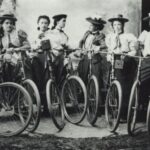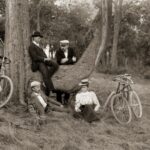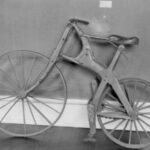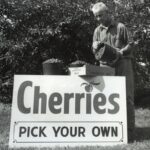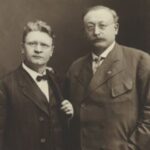One of the biggest impediments to the progress of the popularity of bicycling in the late 19th century was bad roads. Wisconsin roads in the 1880s were “plagued by mud, poor signage, and crumbling bridges and sidewalks.”[1] This persisted throughout the 1890s when Wisconsin’s roads were predominantly sand, gravel, clay, or macadamized. The only paved roads existed in large urban areas like Milwaukee. This meant that it was often difficult to maneuver a bicycle across the Wisconsin landscape. Bicycling on sandy or cut-up roads was incredibly difficult and took away from the enjoyment of traveling by bicycle. Because of this, Wisconsin wheelmen focused on documenting road conditions and working to improve them.
From its creation, one of the League of American Wheelmen’s objectives was “to secure improvement in the condition of the public roads and highways.”[2] Wheelmen across the country faced the same problem that those in Wisconsin did, and knew that if their sport were to continue, they would need better roads. The Wisconsin Tour and Handbook included road conditions along each of its route descriptions and the maps published with the handbook classified the condition of roads across the entire state. The maps labeled the best cycling roads and helped riders steer clear of the worst.[3]
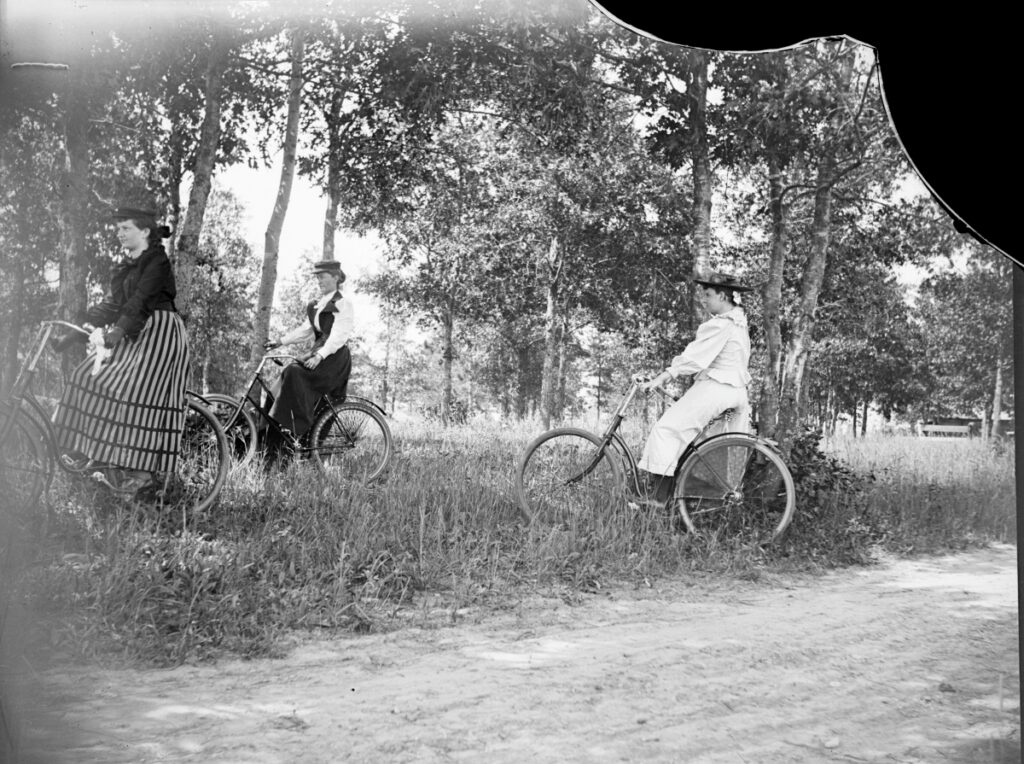
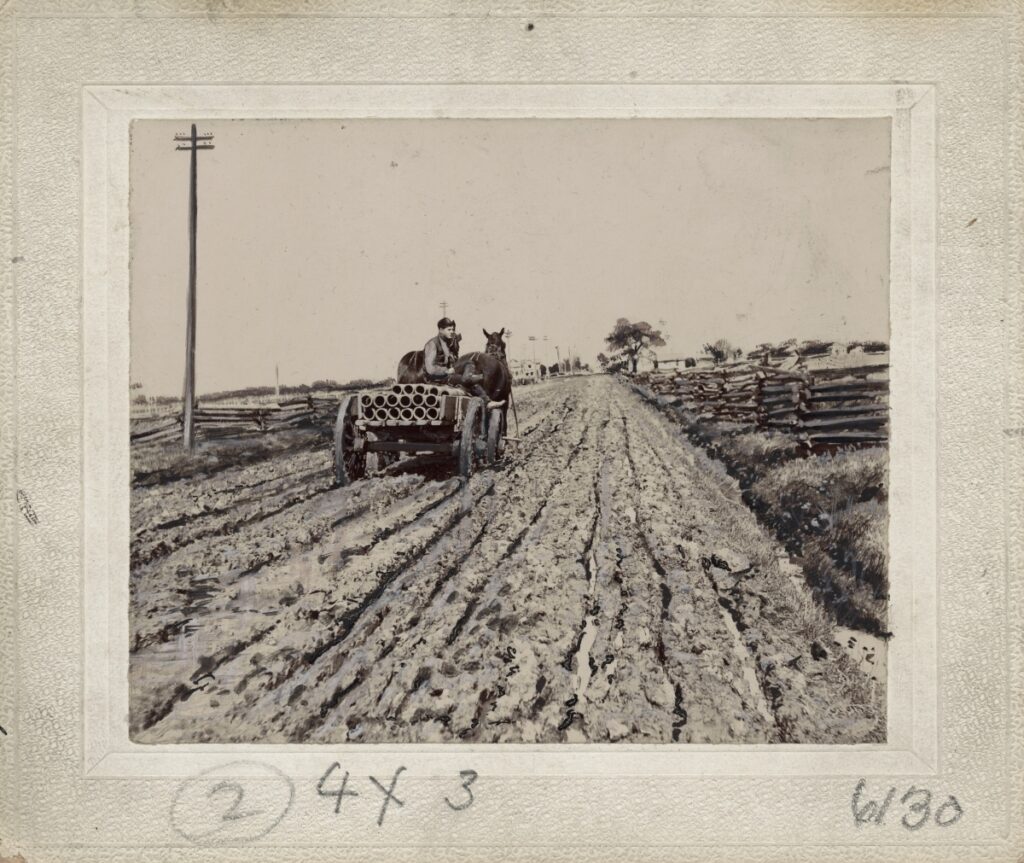
Roads were sometimes so bad that the handbook recommended taking the railroad tracks instead. Places such as Marquette County had wonderful scenery but “no good roads for wheeling.”[4] Instances such as these indicated the need for better roads in the state.
The Good Roads Movement
The Good Roads Movement in Wisconsin was launched in the early 1890s by wheelmen to acquire state aid for better roads and to convince farmers of the need for them.[5] Wheelmen needed farmers on their side to get legislation passed, but farmers feared increased taxes, despised cities for luring away rural youth, and thought badly of wheelmen. There was good reason for farmers to dislike wheelman: a piece from The Pneumatic in 1893 written by a cyclist, described farmers as “incorrigible, brain-lacking human specimens.”[6]
It was not until 1901, after the bicycle boom ended, that the Wisconsin Dairymen’s Association adopted a resolution that supported state-financed roads, and it wasn’t until years later that state aid was granted.[7] The wheelmen ultimately failed to improve Wisconsin’s roads, and conditions in the state remained poor into the 20th century. Without decent roads, the movement could not sustain itself and busted by the turn of the century.
Written by Thomas Rademacher, April 2017.
FOOTNOTES
[1] Jesse J. Gant & Nicholas J. Hoffman, Wheel Fever: How Wisconsin Became a Great Bicycle State, (Madison: Wisconsin Historical Society Press, 2013), 49.
[2] “League of American Wheelmen: Constitution and By-Laws,” (Boston League Headquarters, 1896) 3, 5, Pamphlet Collection, Wisconsin Historical Society Library.]
[3] Sam J. Ryan, Wisconsin Tour and Handbook (Appleton, WI: Wisconsin Division, League of American Wheelmen, 1897), 7, Pamphlet Collection, Wisconsin Historical Society Library; Martin C. Rotier, Bicycle Road Maps of Wisconsin (Milwaukee: League of American Wheelmen, 1896), Map Collection, Wisconsin Historical Society Archives.
[4] Sam J. Ryan, Wisconsin Tour and Handbook, 69.]
[5] Ballard Campbell, Wisconsin Stories: The Good Roads Movement in Wisconsin, 1890-1911 (Madison: State Historical Society of Wisconsin, 1980), 2-4, Pamphlet Collection, Wisconsin Historical Society Library.]
[6] “Untitled,” The Pneumatic 3, no. 5 (August 15, 1893).
[7] Ballard Campbell, Wisconsin Stories, 7-8.
